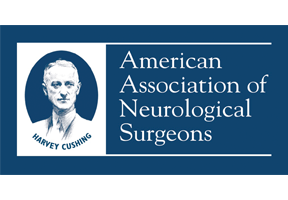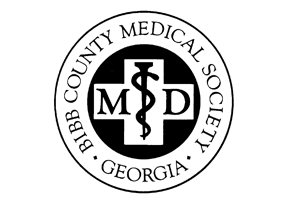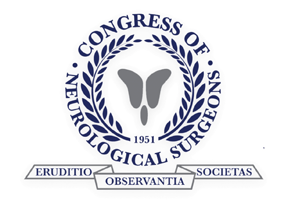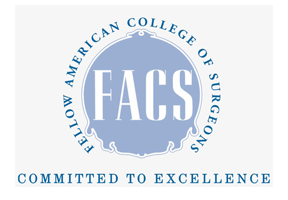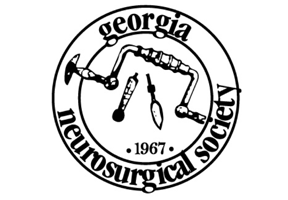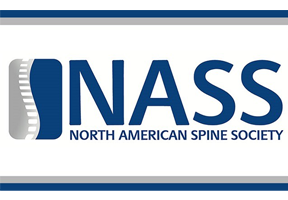A brain aneurysm is a balloon-like formation that develops on a weak spot of a vessel or artery wall either on or within the brain. When the walls of a vessel or artery weaken, a section can balloon out and fill with blood, creating an aneurysm. Up to 80% of all aneurysms never rupture. Others, however, can burst and cause life-threatening or fatal results.
It’s possible to develop multiple aneurysms throughout the brain but never experience symptoms or a rupture—you might never even realize they’re there. It is also possible to develop only one, yet suffer detrimental side effects if it pushes on certain parts of the brain or bursts.
There are still many unknowns about why brain aneurysms develop. Still, researchers continue to study this condition to find answers, including if family history has anything to do with their formation or rupture potential.
While research is still ongoing, current findings indicate that hereditary factors can play a part in the development of an aneurysm.
Brain Aneurysms Can Run in the Family
According to the research, the general public has roughly a 1-2% chance of developing an aneurysm. However, patients with a family history of brain aneurysms face up to a 30% chance of developing one themselves.
Family history does not necessarily dictate whether a developed aneurysm will rupture, as most patients who experience a rupture do not have family members who have also suffered one. However, knowing your family history can guide you toward getting screened and undergoing preventative treatment to avoid the damaging or deadly effects of a burst.
If you know of a family member who has developed a brain aneurysm, inform your doctor and get screened to ensure your vessels are healthy and aneurysm-free.
Genetic Risk Factors for a Brain Aneurysm
In addition to hereditary factors, certain genetic and biological risk factors can increase your likelihood of developing an aneurysm. Conditions include:
- Ehlers-Danlos syndrome
- Fibromuscular dysplasia
- Marfan syndrome
- Moyamoya syndrome
- Polycystic kidney disease
Age and sex also play a part. Aneurysms are most often developed between the ages of 35 and 60, and women are five times more likely to develop an aneurysm than men.
External Risk Factors for a Brain Aneurysm
Other external risk factors for developing an aneurysm can include:
- Bodily strain
- High blood pressure
- Smoking
- Stress
- Substance use
How Do You Screen for a Brain Aneurysm?
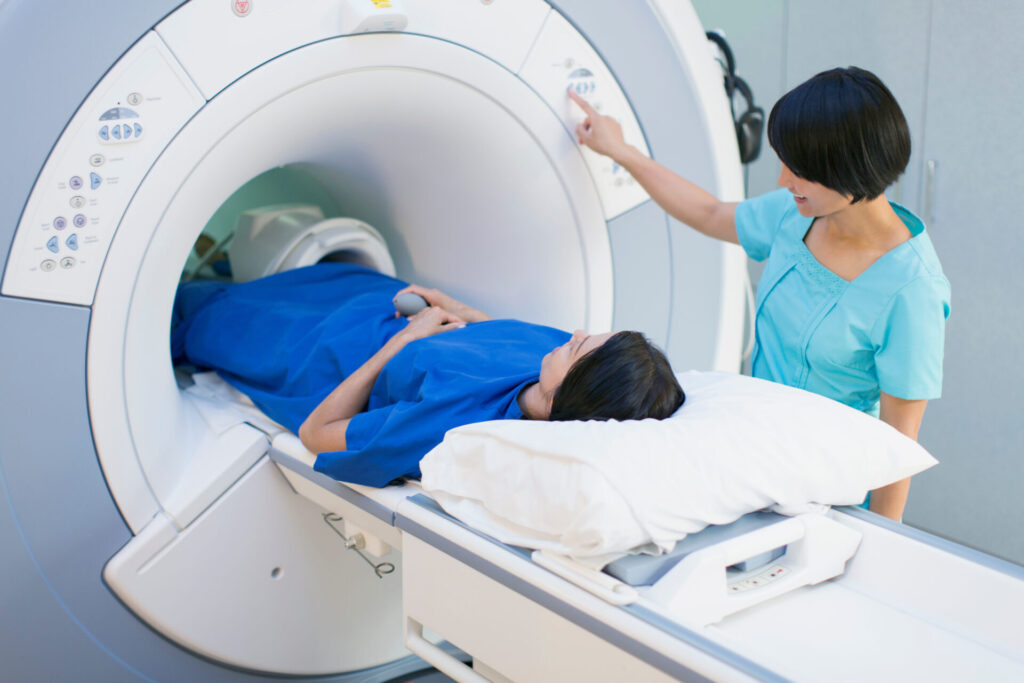
Aneurysm screening can be completed with an MRI or CT scan. If an aneurysm is detected, your doctor can evaluate its size and characteristics and determine the best course of action for treating it.
How Are Unruptured Brain Aneurysms Treated?
There are several ways to treat an unruptured aneurysm. If your doctor believes yours is non-threatening and not likely to lead to significant complications, they may recommend lifestyle changes to reduce your risk of rupture or further development, but will not perform any procedures.
If your doctor believes treatment would be beneficial, two methods of treatment include:
Surgical Clipping
Surgical clipping is a detailed procedure that requires your neurosurgeon to create a small opening in your skull to reach the aneurysm. Using very small instruments, your doctor will access the aneurysm and close it off with a metal surgical clip. This clip cuts off blood flow to the aneurysm to prevent further weakening and rupture.
Surgical clipping requires extreme precision to avoid nerve, tissue, or vessel damage.
Endovascular Coiling
Endovascular coiling is a less invasive treatment process that involves your surgeon utilizing your blood vessels to reach the aneurysm. Starting at the artery in your groin, your doctor will thread an ultra-thin coil through to the aneurysm. The coil will be inserted into the area where it will cause the blood present to clot and will prevent more blood from flowing into the weakened area. Without blood flow, the aneurysm will shrink.
In some cases, a stent will also be placed to hold the coils in place.
If you have a family history of aneurysms and are curious if you have any due to hereditary factors, talk to the team at Georgia Neurosurgical Institute.
Our renowned neurosurgeons offer diagnostic testing, analysis, and treatment for brain aneurysms. We will analyze your family history and perform a thorough screening. Should we discover an aneurysm, we will evaluate the growth of your aneurysm and discuss treatment options and lifestyle suggestions to lower your risk of experiencing a rupture. To schedule an aneurysm screening or consultation, call us today at 478-743-7092.
Related Articles

